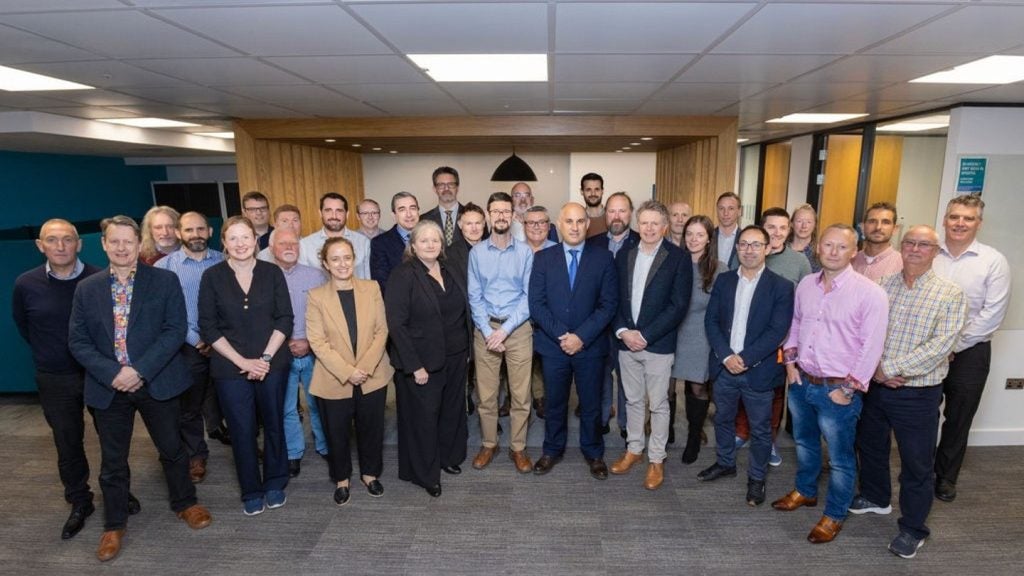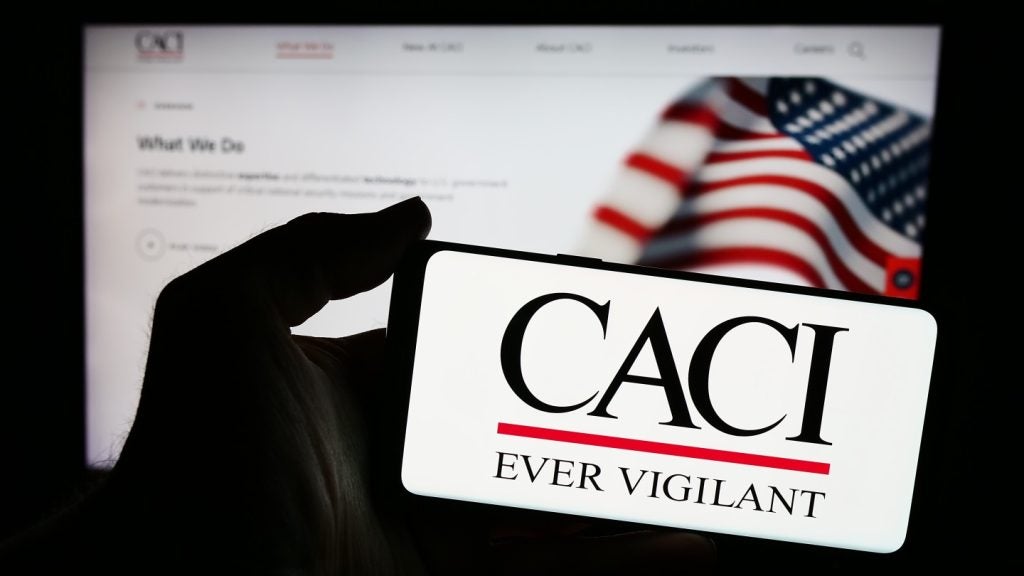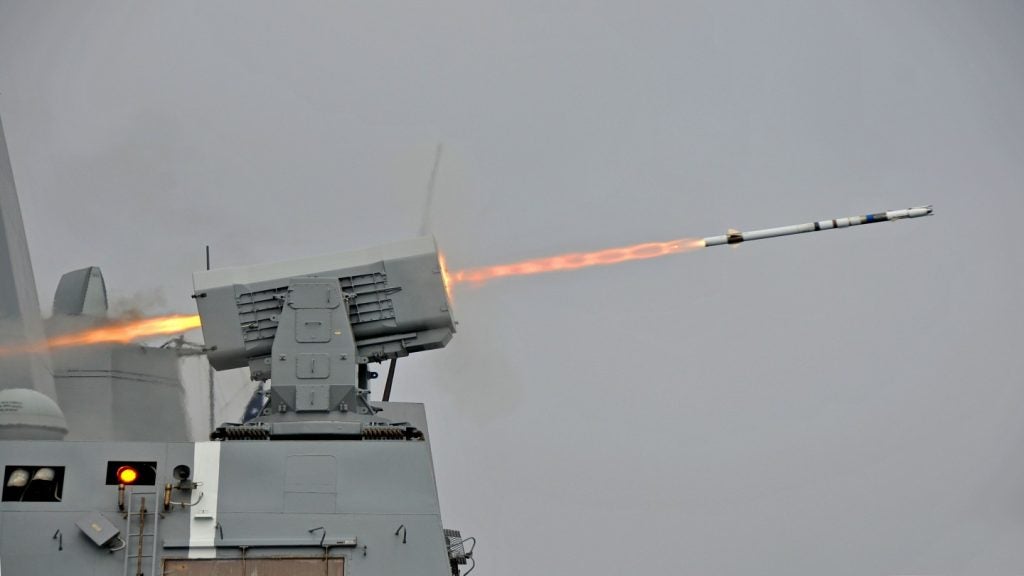French shipyard DCNS has submitted its final proposal for Australia’s SEA1000 future submarine competitive evaluation process (CEP), marking the beginning of the Commonwealth of Australia’s evaluation phase.
The proposal will be evaluated by the Australian Government to select an international partner for the future submarine project, which is the country’s largest defence procurement programme, representing an investment of $50bn.
The proposal includes an agreement from the French Ministère of Defence’s Direction Générale de l’Armement (DGA) to the Commonwealth of Australia’s Department of Defence including a binding written commitment on major aspects of the deliverables.
DCNS Australia CEO Sean Costello said: "DCNS acknowledges the dedication from hundreds of people in France and Australia to the development of the Shortfin Barracuda Block 1A and a sovereign industry in Australia.
"We have worked as a team to create the best possible solution for Australia’s future."
Claimed to be the world’s most advanced conventionally powered submarine, the vessel is in its pre-concept design stage and has been named after an indigenous species of the Barracuda, found in Australia’s Great Barrier Reef.
The Shortfin Barracuda is the smaller version of the French Navy’s Barracuda nuclear-powered attack submarine.
Australia is seeking to build submarines with range and endurance similar to that of the Collins-class vessels, as well as superior sensor performance and stealth characteristics.
This new submarine fleet is expected to fill a capability gap in the mid-2020s, when the Collins-class submarine is scheduled to retire from service.
Image: This new submarine fleet will replace the Collins-class submarine in mid-2020s. Photo: courtesy of DCNS.








